No Results Found
The page you requested could not be found. Try refining your search, or use the navigation above to locate the post.
The page you requested could not be found. Try refining your search, or use the navigation above to locate the post.

Rally Kid Tyson (Image Above), brain cancer (2016-2020)Tyson was just two and a half years old when he was diagnosed with DIPG You Are Not Alone In Your DIPG / DMG Battle Hearing that your child has cancer is devastating. Hearing that your child has cancer and that it is a DIPG / DMG brain tumor is unfathomable - because in the same sentence you learn there is no known cure for DIPG / DMG. Every time we hear that a kid has received this diagnosis, Rally’s heart breaks. However, for parents who...
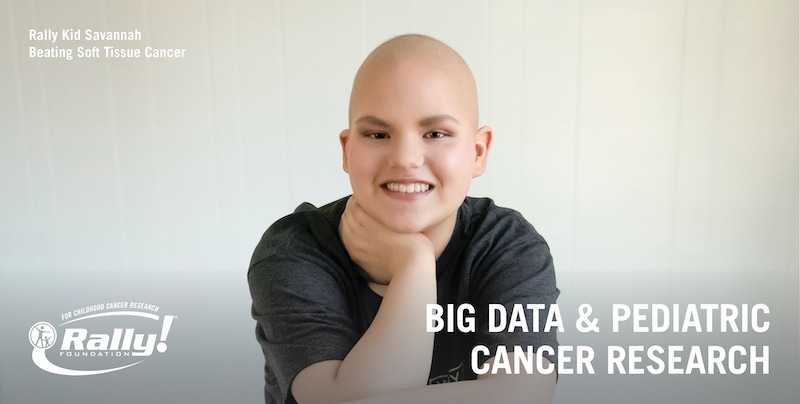
After being born and living in Turkey my whole life, I came to the US for college to study biological sciences at the University of Chicago. When the laboratory research internship I found for the summer of my first year was cancelled due to COVID-19, I joined a resume match program of my school’s Career Advancement Office, which matched students with employers based on experience and preferences. It was initially through this program that I matched with the Pediatric Cancer Data Commons...
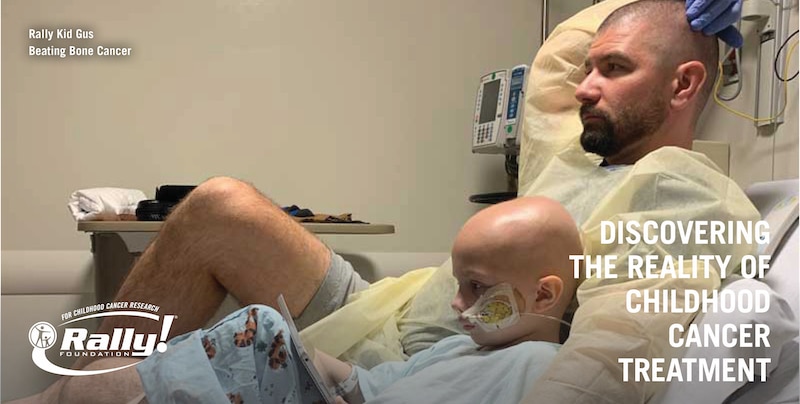
On our diagnosis day, we were told that our four-year-old Gus had Ewing Sarcoma. What doctors didn’t know was the particular type or variant he had. Tumor Sequencing Tumor sequencing is vital, as some variants of Ewing’s sarcomas have poorer outcomes, require specific drugs, and prohibit the use of other drugs. The variant determines the treatment plan. Parents need to know the type of cancer their child is fighting- and if the hospital doesn’t know, parents should demand to have the tumor...
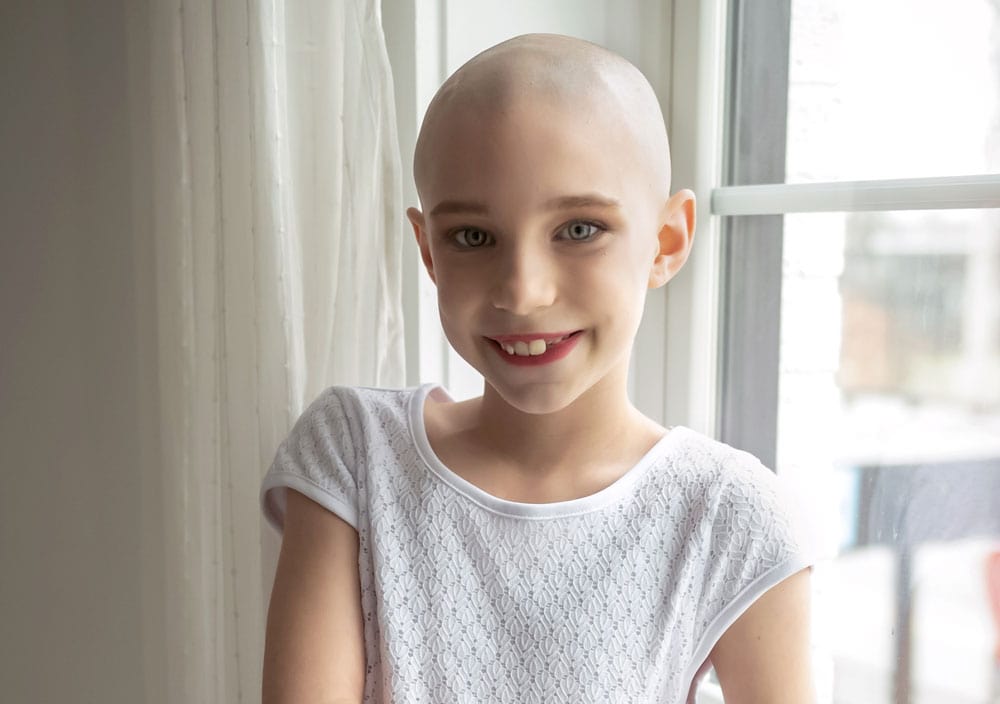
An astrocytoma is a brain tumor that begins in astrocytes—a type of glial cell that supports nerve cells in the brain. Astrocytomas can be benign or malignant and typically occur in the brainstem, cerebellum, cerebrum, hypothalamus or optic nerves. Tumors that start in glial cells are called gliomas and are named for the specific kind of glial cell in which they originate: astrocytes, oligodendrocytes or ependymocytes. Astrocytomas are the most common form of gliomas found in...
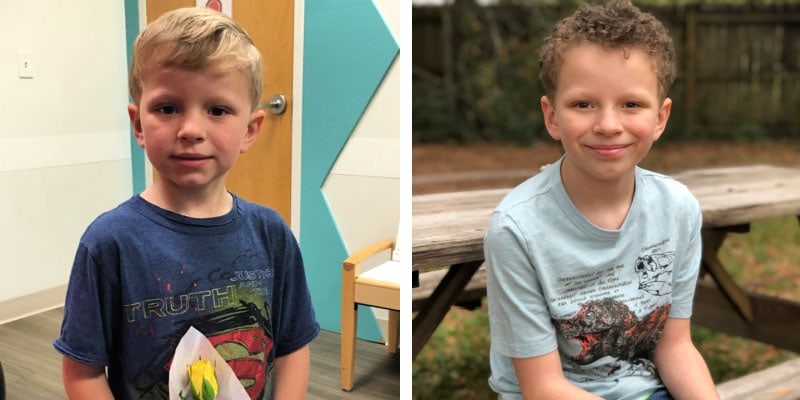
Langerhans cell histiocytosis (LCH) is a rare disorder in which the body produces an overabundance of Langerhans cells. These cells, which are also known as histiocytes, are a type of white blood cell that helps the immune system fight off infections. LCH causes too many of these cells to form, ultimately resulting in a buildup in the body. This accumulation of cells then damages organs, forms tumors, and otherwise disrupts normal tissue functions. According to the Histiocytosis Association,...
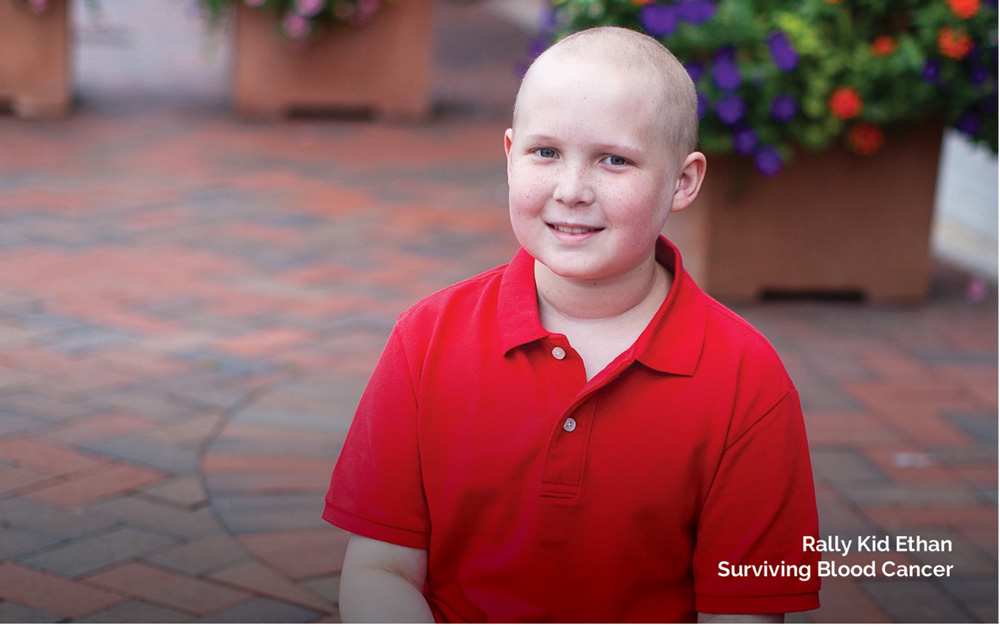
Lymphoma is a cancer of the body’s lymphatic (lymph) system which is essential to the immune system. The lymphatic system is made up of a type of white blood cells also known as lymphocytes which flow throughout the whole body. These lymphocytes fight infections throughout the body, so when cancerous cells begin to grow they can quickly spread through the entire lymph system. This then makes it difficult for the immune system to work properly. Early symptoms of lymphomas usually begin with a...